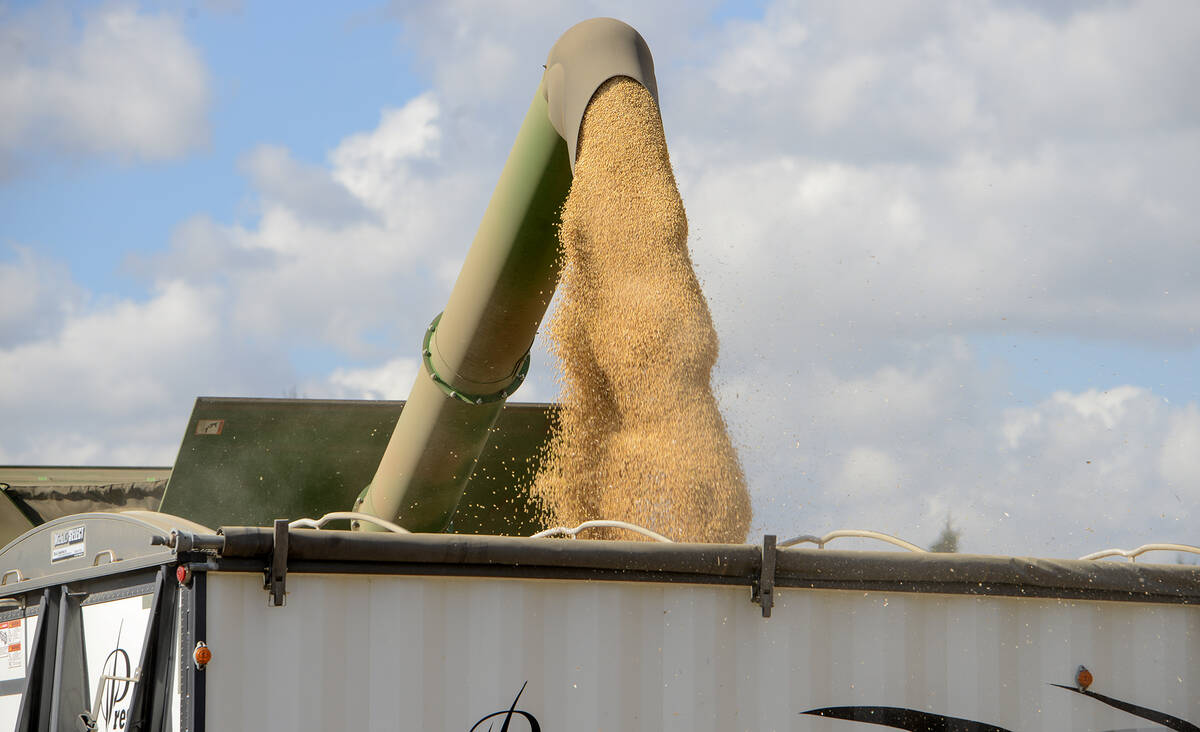Canola futures on the Intercontinental Exchange closed out the week ending May 2 pretty much right back where they started.
The July contract closed on Apr. 25 at $636.90 per tonne, fell back, and then worked back to the same price. It was a very similar story for the new crop November contract, from $653.70/tonne to $652.10 during the week. The adventure in between is what made a story of really going nowhere rather interesting.
Canola incurred a series of modest losses that reached back to Apr. 24, which culminated in the sharp drops that highlighted trading on Apr. 30. That day, the July contract gave up $15 per tonne, hitting its bottom of $618/tonne and the November lost $14.10 at $635.
Read Also

Grain markets hungry for U.S. data
The U.S. government shutdown meant that futures markets were left without robust grain supply information
Things looked bleak, and many signs were thoroughly bearish, especially the Prairie weather forecast and Chicago soyoil.
Things took an optimistic turn, however. Steep losses in crude oil prices, normally a huge barrier to canola gaining any positive ground, were completely ignored. The oilseed embraced the modest gains that spilled over from soyoil.
Prices had hit bottom and it was now time to bargain-buy. Canola renewed its strength, taking back the ground it had just lost.
Keep in mind there still is plenty of canola to go around — something quite bearish. Many farmers have been reluctant to part with it in hopes of better prices.
Not that the export market has been overly active. After 39 weeks, outbound movements of canola reached 4.63 million tonnes, well back of last year’s pace of 6.75 million. Hopes of exports reaching the seven million tonnes in 2023/24, as projected by Agriculture and Agri-Food Canada, are fading away. However, domestic use continued to excel at 8.36 million tonnes versus the 7.78 million this time last year.
The Canadian Grain Commission released its updated monthly export report, which continued to show lacklustre purchases from Canada’s top three canola customers.
All this doom and gloom — but canola rose. Not to great heights, but enough. Just enough to end up right back where it started.
As to where canola goes now remains to be seen. Fears surfaced that Chicago soyoil could slide back, which could erase canola’s recovery and then some. If soyoil remains firm, canola will then be OK for now.
















